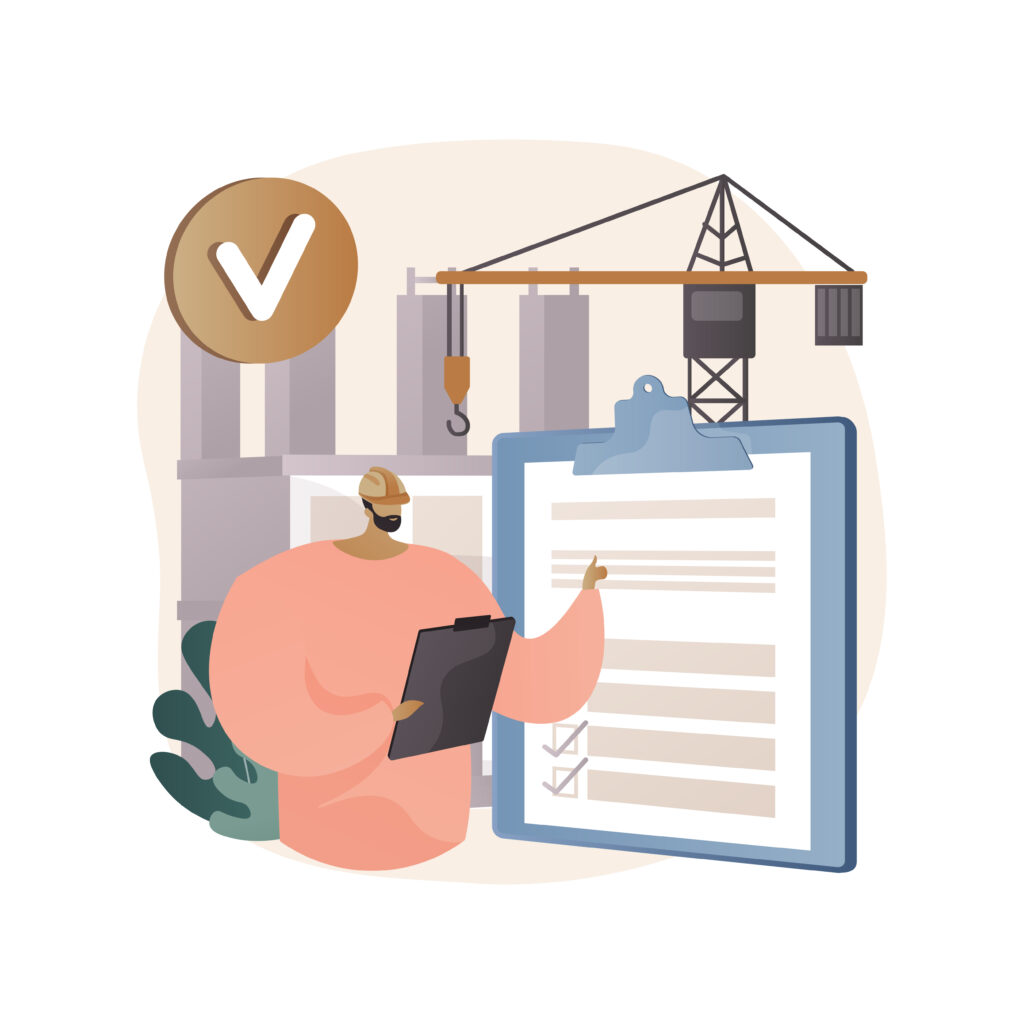At its time, SaaS changed the game. It took enterprise software from clunky and complex to streamlined and accessible. But the early platforms had a somewhat exclusive nature. They catered to desk-bound roles like marketers, analysts, and project managers. Big companies were buying, and white-collar teams were using.
Then came the rise of generative AI and with it, a market wake-up call.
To stay relevant, the SaaS industry had to evolve. And fast. This is when developers ditched the corporate-only vibe in favor of tools built for real-world, hands-on professionals.
Today, mobile-first, trade-specific platforms are making waves in the contracting world. Plumbers, landscapers, electricians, builders, you name it, are adopting digital tools to stay sharp, speed up payments, and finally break up with that mountain of paperwork that’s been haunting their glovebox since 2003.
Let’s see how that’s going and whether it’s the right path for the SaaS industry.

Why Contractors Need SaaS Solutions
In the US, the demand for skilled trades is booming. So much so that there aren’t enough workers for the jobs. This leaves small contractors swamped in requests (which is not exactly a bad thing), but it’s also an environment that leads to administrative chaos and management mistakes.
Add to this the shift toward green energy and more sustainable practices, and you’ve got the perfect recipe for disaster. Luckily, this is when specialized SaaS platforms step in and take over routine tasks, such as workers’ scheduling, invoicing, or contracts.
We’re still at the beginning of this change, and many contractors (especially old-school ones) are still relying on manual processes that burn time and bleed revenue. But even they start to realize that duct tape and spreadsheets can only take you so far.
Keeping up with admin tasks is one of the biggest and most time-consuming operational challenges for small contractors. But things are changing due to specialized SaaS platforms.
Let’s take a small plumbing company with five employees as an example. In manual mode, job details are scribbled on paper, estimates take at least a few hours and aren’t done on-site, and invoices are usually released at the end of the month.
In SaaS mode, with the Joist plumbing toolkit, which includes estimates and invoicing, things are smooth as butter. Estimates can be created on-site using a phone or tablet, invoices are sent automatically after the job, and payments often come the same day. Plus, forgetful clients receive a gentle reminder every few days or every week.
Features that Matter When Choosing a Contractor SaaS Platform
If you’re wondering if there are SaaS platforms for plumbers and gardeners, the answer is yes. There are also platforms for electricians, builders, and interior designers. Of course, the list can go on, but the main thing to take from this is that each trade is different.
Sure, most contractors in the trades market have teams to manage, clients to contact, estimates to run, and invoices to send. But the processes that make these things happen can be wildly different from one trade to another.
This is why it’s essential to take your time and analyze the features that matter the most for your business and growth.

Here are a few to keep in mind:
Job Scheduling & Dispatching
As your team grows, it becomes increasingly difficult to keep track of who is where and working on what. Add to this several teams and multiple sites, and not even the most advanced spreadsheet can help you sort things out.
Job scheduling and dispatching form the backbone of a strong SaaS platform for contractors. They bring the calendar into one view, allow instant job assignment, and plan routes that cut travel and keep the team productive.
Many systems offer boards, where you can do so much visually: move tasks around on, set reminders that go out automatically, and notifications on mobile. As a result, each technician knows the location, the time to arrive, and the details of the work. This cuts mistakes, speeds up completion, and keeps the business running smoothly.
Invoicing & Payments
For many contractors, invoicing is still a manual (and often delayed) task. Estimates get forgotten in glove compartments. Invoices go out days after the work is complete. And payments? No one likes to chase clients for this.
SaaS platforms take this entire process off your plate and do it faster and better. However, not all of them come with integrated automated accounting solutions, so make sure to check. Also, it doesn’t hurt to look for a platform that includes the payment reminders feature. This tracks what’s been paid and what’s outstanding, without any effort on your side.
A reliable SaaS platform also integrates multiple payment systems, such as pay by card, ACH, or digital wallets.
That kind of turnaround can make a real difference, especially for small crews with tight margins. Less chasing, fewer awkward payment conversations, and more cash flowing back into the business.
Estimates, Quotes & Proposals
In the contracting world, speed and presentation matter. Clients want professional-looking quotes as fast as possible.
SaaS platforms do that easily. Using a phone or tablet, you can generate well-designed estimates on the spot! Then you just complete it with itemized pricing, custom branding, and digital approval options.
Some platforms go even further. They offer reusable templates, built-in markup calculators, and the option to convert approved estimates directly into invoices.
This level of automation helps to speed things up. You get contracts before the competition even has a chance to glance in their direction!
Trade-Specific Tools
Now, we’re reaching the one-size-does-n’t-fit-all part of the equation.
There will always be those SaaS tools that claim to work for any business, but as a contractor, you know better. No two trades run the same.
A landscaping crew doesn’t need the same features as an interior design firm. A roofing business has different scheduling needs than a pest control company. That’s why the smartest SaaS platforms are now going niche.
For example, landscaping and lawn care businesses often need tools for route optimization, seasonal scheduling, and recurring service management. Their ideal setup includes visual job mapping, crew rotation planning, and material tracking for things like mulch, fertilizer, or irrigation parts.
Interior designers work best with tools that make visual planning simple and provide digital product catalogs. Mood boards, sourcing lists and approval steps keep creative projects organized while giving clients an active role in the process.
Construction platforms often center on material takeoffs and cost tracking and scheduling work across several subcontractors. Electricians and HVAC teams focus more on keeping inventory in check and coordinating dispatch and maintaining compliance records.
So, yes, specialized features matter. A SaaS platform tailored to your trade makes your business run smarter and faster.
Reporting & Analytics
Lastly, your SaaS platform will give you a clear view into what’s working and what’s not in your organization. You can create customized reports and track performance indicators to learn which services are most profitable, which team members are most efficient, where jobs are stalling, and how cash flow is trending.
But there’s more! These sleek-looking dashboards will tell you how many quotes were converted last month or which clients are always late to pay. These are important details when you design your growth strategy or make course-altering decisions.

In Summary
In summary SaaS tools give contractors a way to run their work with more speed and control. They handle tasks like scheduling invoicing, quoting and reporting in one place so there is less time wasted and fewer mistakes made during the day. By taking care of the small repetitive work these platforms free up more time for actual projects and help teams stay on top of deadlines and client needs.
It makes little difference if you are running a handful of jobs or a full schedule every week because the right software can create hours of extra time in the calendar, reduce costly errors and keep money coming in without delays. In a trade where lost minutes quickly turn into lost profit, moving to a digital system is not just a smart upgrade, it is the step that can make a business run stronger and stay ahead of the competition.
- Top 10 Best Sites to Buy Quora Upvotes - September 3, 2025
- How New Technology Is Changing the Face of Customer Support - August 18, 2025
- How SaaS Tools Are Streamlining Contractor Operations - August 14, 2025


